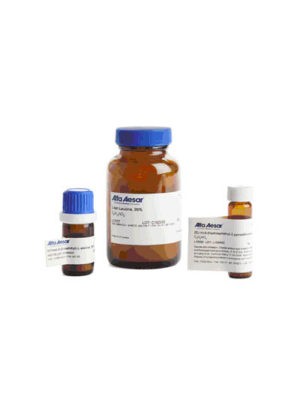Hydriodides

Hydriodides
Hydriodide is a salt compound of hydriodic acid with a base. Hydriodide compounds are acid addition salts. Examples for hydriodides are: Hydriodides of primary amines, such as hexadecylamine hydriodide and cyclohexylamine hydriodide. Hydriodides of secondary amines, such as N-ethylbenzylamine hydriodide and piperidine hydriodide. Hydriodides of tertiary amines, such as N,N-dimethylbenzeneamine hydriodide, and pyridine hydriodide. Examples of quaternary ammonium iodides, such as N-benzyl-trimethylammonium iodide; and N-dodecyltriethyl ammonium iodide.
Hydriodides find many applications in organic synthesis especially in the purification and isolation of pure compounds. For example, hydriodides like aniline hydroiodide, pyridine hydroiodide are selective demethylation reagents of aryl ethers. Pyridine hydroiodide reacts with styrene to produce a quaternary pyridinium compound containing a primary alcoholic group. Pyridine hydrohalides have been reported to effectively activate the reaction of tralkyl phosphites with various C=X electrophiles: aldehydes, ketones, ketophosphonates, aldimines, ketimines, isocyanates, isothiocyanates, and activated olefin. Particularly high activity is shown by pyridine hydroiodide. This reaction is a convenient method of synthesis of hydroxyphosphonates, aminophosphonates, carbamoylphosphonates, carbamoylthiophosphonates, and methylenebisphosphonates (Kolodyazhnaya, A. O., Russian J. General Chem. 2010, 80(4), 709-722.


